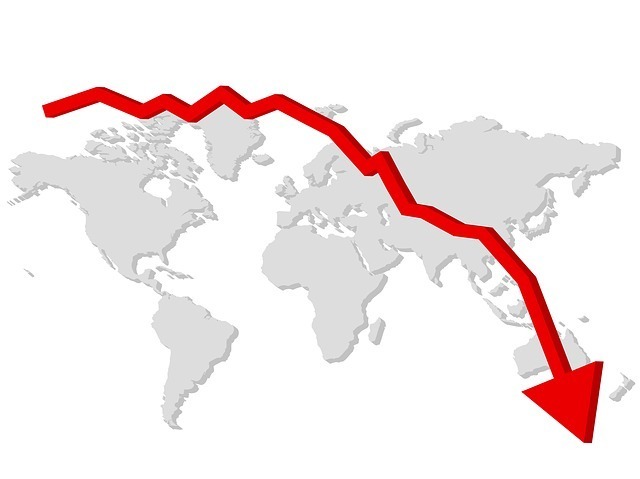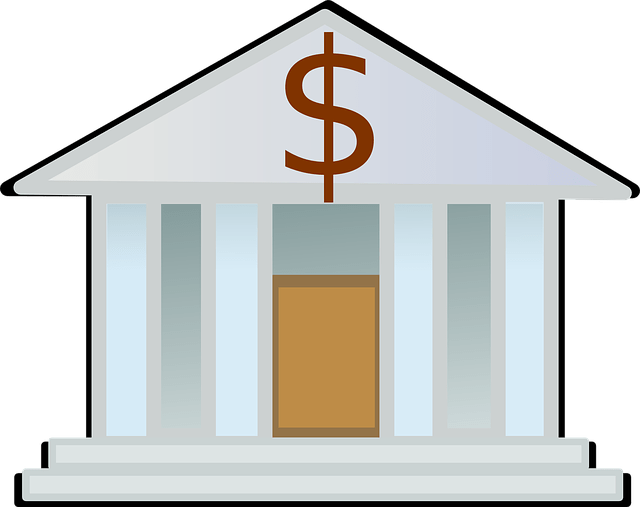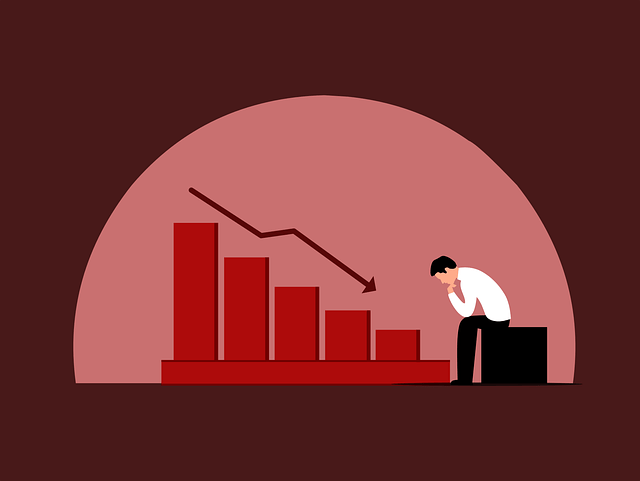Since the now-defunct Silicon Valley Bank stated on Wednesday that it had incurred a $1.8 billion after-tax loss and urgently needed to raise additional capital to allay depositors’ worries, it has been a turbulent few days for banks.
On Friday, SVB’s prospects of obtaining further finance were slim. Due to unsuccessful efforts to sell the bank to more vital institutions, the Federal Deposit Insurance Corporation eventually took control of the institution.
According to a Friday afternoon FDIC announcement, customers with up to $250,000 per account placed with SVB, the country’s 16th-largest bank, will have access to their money by Monday morning. Nevertheless, it needed to be clarified what would happen to deposits higher than the $250,000 cap that the FDIC covers in the case of a bank fails.
The failures of SVB and Signature Bank presented a significant enough risk to the entire banking system, according to a statement made over the weekend by the Federal Reserve, Treasury Department, and FDIC. As a result, regulators were authorized to take the unusual step of guaranteeing more extensive deposits.
The story continues, however. This is what we currently know:
What is Bank Failure and Why Silicon Valley Bank failed?
When a bank is unable to pay its debts to depositors and creditors, it collapses. It’s possible that this happened because the bank in issue lost its ability to pay its debts or because it no longer has enough liquid assets to do so.
A bank fail occurs when a federal or state regulator closes an insolvent bank. National banks may be shut down by the comptroller of the currency, whereas the relevant state’s banking commissioner shuts down state-chartered banks. When banks are unable to fulfill their responsibilities to depositors and others, they must shut down. The insured part of a depositor’s balance, including money market accounts, is covered by the Federal Deposit Insurance Corporation (FDIC) if a bank fails.
During the last year, Silicon Valley’s clientele, primary startups, and other tech-focused businesses increasingly needed cash. They had to take money out of their accounts as a result.

To raise money so clients could withdraw, SVB had to keep selling its assets, primarily bonds, at a loss. But, the bank reached a stage where losses were so significant that clients started to worry SVB couldn’t provide access to every customer’s money. It sparked a significant bank run, which prompted the FDIC to intervene.
How quickly did Silicon Valley Bank shares decline?
The value of Silicon Valley Bank shares rapidly decreased, falling from $267.8 billion at 4 p.m. on March 8 to $106 billion a day later. Regarding assets, the bank was among the greatest in the United States.
How much money was deposited with Silicon Valley Bank?
According to data released by the FDIC on Sunday, Silicon Valley Bank has around $209.0 billion in total assets as of December 31, 2022, and about $175.4 billion in deposits.
What does the collapse of Silicon Valley Bank mean?
Even if you didn’t have funds deposited with Silicon Valley Bank, the bank’s failure—the second-largest on record and the first since 2020—affects the entire U.S. financial system.
Before last week, there was little reason to believe that you couldn’t take out as much cash as you’d want from your bank account at any moment.
Yet, when terrified clients flocked to SVB branches and crashed the bank’s website as soon as it became clear that it was having problems, many started to doubt whether their money was secure where it had been put.
This anxiety affected Signature Bank immediately, which caused the bank fail on Sunday.
What led to Signature Bank’s failure?
A New York banking institution with a large real estate lending business that had lately pushed for bitcoin deposits unexpectedly shuttered its doors on Sunday (March 12) after authorities indicated that keeping the bank open may jeopardize the overall financial system’s stability.
Signature is, to some part, a victim of the hysteria surrounding Silicon Valley Bank, which officials seized on March 10. Its demise highlights the difficulties that small and midsize banks confront since they often specialize in specialty lines of business and have a smaller client base than Goliaths like JPMorgan Chase and Bank of America. As a result, they are particularly susceptible to traditional bank runs.
Over the weekend, it was decided to shut down New York-based financial organization Signature Bank, which had grown to be a significant lender in the cryptocurrency sector. A few financial organizations, including the bank, permitted users to deposit cryptocurrency.

It wasn’t good news for the bank when cryptocurrency fell after FTX’s demise last year.
Former congressman and current Signature Board member Barney Frank, who assisted in creating new banking rules after the 2008 financial crisis, eventually attributed SVB’s demise to SVB. According to him, “SVB-generated terror” was what occurred. “We were OK until the last few hours on Friday.”
What should their clients anticipate now?
Regulators said that clients of both banks would be made whole regardless of the amount of money they had in their accounts when they announced the closure of Signature on Sunday.
In a statement, New York Governor Kathy Hochul said, “many depositors at these banks are small companies, especially those driving the innovation economy, and their success is crucial to New York’s vibrant economy.”
According to a source who knows the situation, however, Signature had a flood of deposits leaving its bank accounts on Friday due to clients’ worry about their money. With several of its rivals’ equities, its stock price kept falling.
Most extensive bank failures in U.S. history
The top three bank failures in U.S. history are:
- Seattle, Washington’s Washington Mutual, had nominal assets of $307 billion at the time of bankruptcy in 2008.
- Santa Clara, California’s Silicon Valley Bank (SVB), will have nominal assets of $209 billion in 2023.
- New York, New York’s Signature Bank will have nominal assets of $118 billion in 2023.
Bank Run: What Is It?
A bank run happens when several clients of a bank or other financial institution withdraw their funds all at once due to uncertainty about the bank’s viability.
When more individuals withdraw their money, the likelihood of default rises, encouraging others to do the same. In rare circumstances, the bank’s reserves could not be enough to pay the withdrawals.
A bank run happens when several depositors simultaneously remove substantial sums of money from banks out of concern that the institution may go bankrupt. Banks will exhaust their cash reserves and fail if more customers withdraw money. There have been bank robberies throughout history, particularly during the Great Depression and the financial crisis of 2008–2009. In 1933, in response to a bank run, the Federal Deposit Insurance Corporation was created. When money is taken out electronically rather than physically, it is known as a silent bank run.
A Brief History of Bank Runs
Bank runs have been around since the beginning of banking when goldsmiths in Europe in the 15th and 16th centuries would issue paper receipts redeemable for actual gold over the stock they had. Bankers were allowed to print more paper money redeemable for gold than they had in this early instance of fractional reserve banking.
The idea was practical since goldsmiths (and more contemporary bankers) knew that only a tiny portion of their available gold would be needed for redemption. Yet, if depositors suddenly demanded their gold savings, it might be disastrous. This has happened a few times due to bad crops or political unrest.

Bank robberies are often linked in contemporary history to the Great Depression. American depositors started to worry after the 1929 stock market crisis and sought safety in storing actual cash. In Tennessee in 1930, the first bank failed due to widespread withdrawals.
As individuals heard about the event and tried to withdraw their deposits to avoid losing their funds, a herding tendency that only sped up future bank runs through a negative feedback loop sparked a series of following bank runs across the South and then the whole nation.
The public’s concern and anxiety increased as rumors circulated that banks refused to return clients’ cash. The Bank of the United States instructed a New Yorker not to sell specific stock in December 1930. After receiving this advice, the New Yorker left the branch and immediately told others the bank would not sell his shares.
Thousands of bank clients queued up and withdrew over $2 million from the bank within hours after interpreting this as an indication of bankruptcy.
The series of bank runs in the early 1930s resembled a domino effect in which one bank failure frightened clients of other banks nearby, causing them to withdraw their money. The bankruptcy of one bank in Nashville sparked several bank runs across the Southeast.
In response to the bank runs of the 1930s, the American government established several regulatory frameworks to ensure this did not occur again. One of these frameworks was the Federal Deposit Insurance Corporation (FDIC), which today provides depositors up to $250,000 in deposit insurance per banking institution.
Bank runs made an appearance during the financial crisis of 2008–2009. The sixth-largest American financial institution at the time, Washington Mutual (WaMu), was shut down by the U.S. Office of Thrift Supervision on September 25, 2008.
The bank ran out of short-term cash reserves after depositors withdrew more than $16.7 billion in deposits over the following days.
When depositors withdrew more than $15 billion over two weeks after Wachovia revealed poor profitability earlier that quarter, the Wachovia Bank was shut down the following day for similar reasons.

Most withdrawals at Wachovia were made from business accounts with balances over the $100,000 maximum guaranteed by the Federal Deposit Insurance Corporation (FDIC), bringing those balances down to just below the FDIC limit.
Notably, a depositor run on the bank did not cause the fall of central investment banks like Lehman Brothers, AIG, and Bear Stearns. The credit and liquidity crisis involving derivatives and asset-backed securities caused them, not other factors.

